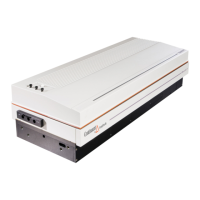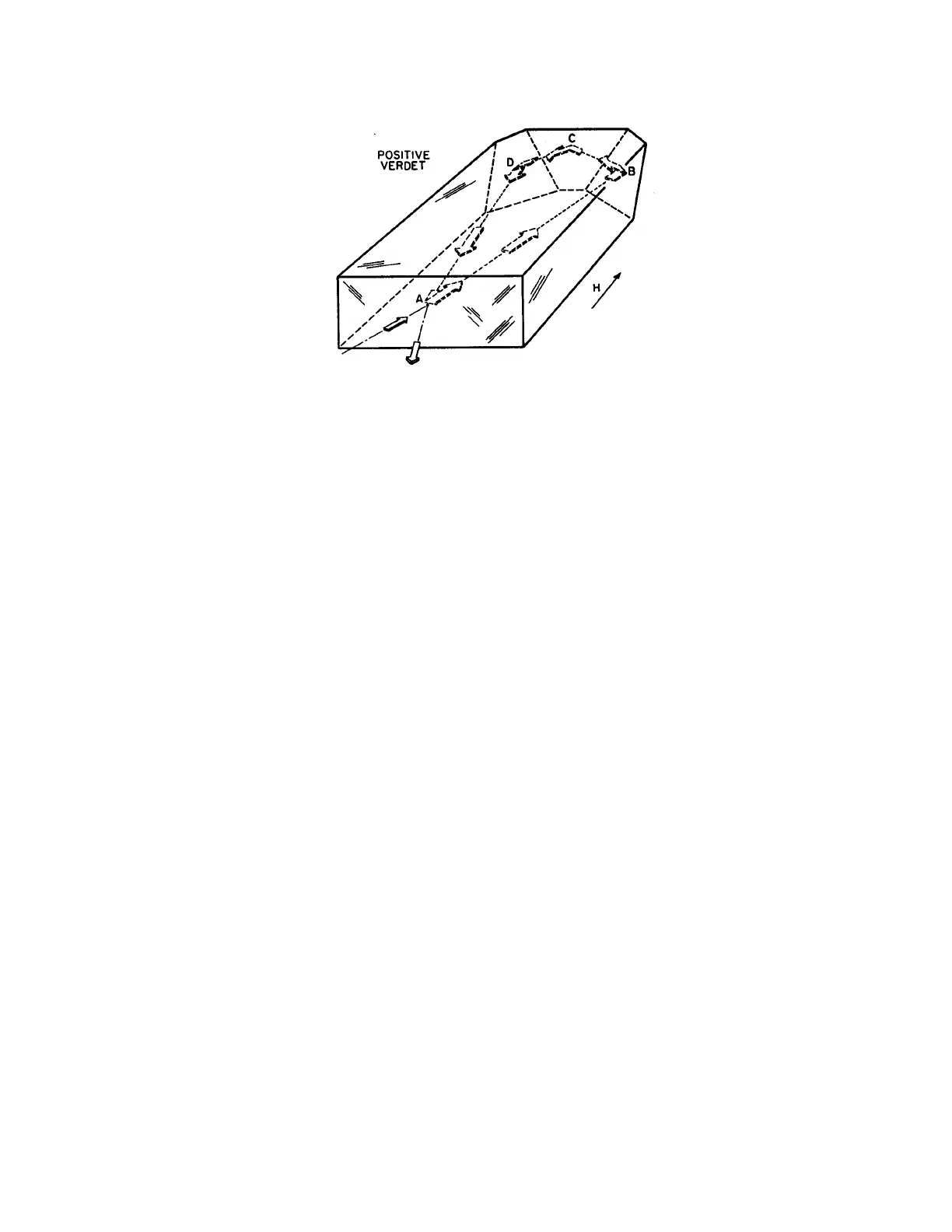10
Figure 1-10: NPRO Laser Design
1.2.2 Collimating Lens and Half-wave Plate
The collimating lens is used to ensure that a small diameter, well collimated beam is
transmitted through the Faraday isolator for maximum throughput and isolation. The half-wave
plate matches the NPRO output polarization to that of the Faraday isolator.
1.2.3 Faraday Isolator
The Faraday isolator is included in the injection seeder for two essential reasons:
1. To prevent any backward propagating radiation from the host laser from destroying the
seed laser.
2. To decouple the seed laser resonator from the host resonator to preserve the frequency
stability of the seed laser.
The need to decouple the two resonators to preserve the frequency stability of the NPRO
imposes particularly stringent requirements for the extinction ratio of the Faraday isolator.
1.2.4 Telescope Assembly
Incorporation of a beam expanding telescope in the injection seeder helps optimize the spatial
mode matching between the seed laser and the host. Spatial mode matching increases the seed laser
power coupled into the fundamental mode of the host cavity. The telescope also provides a
convenient adjustment to account for variable oscillator rod thermal lensing and mirror curvatures in
the host laser.
1.2.5 Q-switch Build-up Time Minimization Circuit (Signal Processor)
The Q-switch build-up time minimization technique for injection seeder operations previously
was discussed in Section 1.1. As mentioned, its function is to minimize the Q-switch build-up time
and thereby maintain optimal frequency overlap between the seed laser and the host laser.
1.2.6 Temperature Control and Power Supply Circuits
Temperature sensitive optical elements within the injection seeder are temperature controlled
to ensure consistent performance with minimal operator adjustments. Temperature stabilized
components include:

